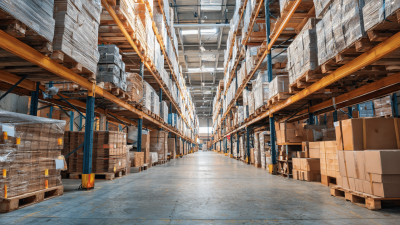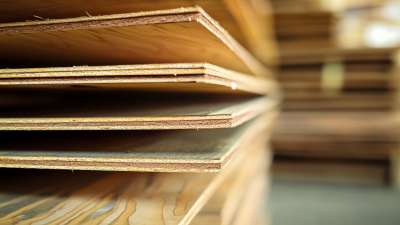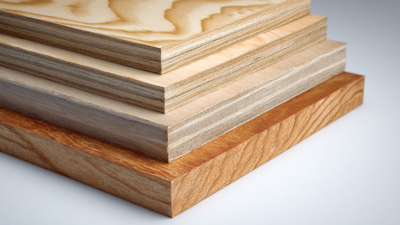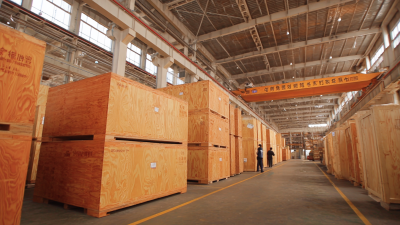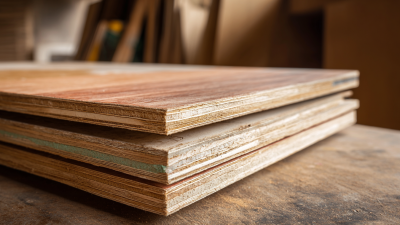Concrete plywood, often referred to as formwork or shuttering plywood, plays a crucial role in the construction industry, particularly in projects involving reinforced concrete structures. According to a market research report by Grand View Research, the global plywood market size was valued at approximately $64 billion in 2020, with a significant portion attributed to concrete plywood due to its durability and versatility. This specialized plywood is engineered to withstand the harsh conditions of concrete pouring, making it essential for achieving high-quality finishes and structural integrity.
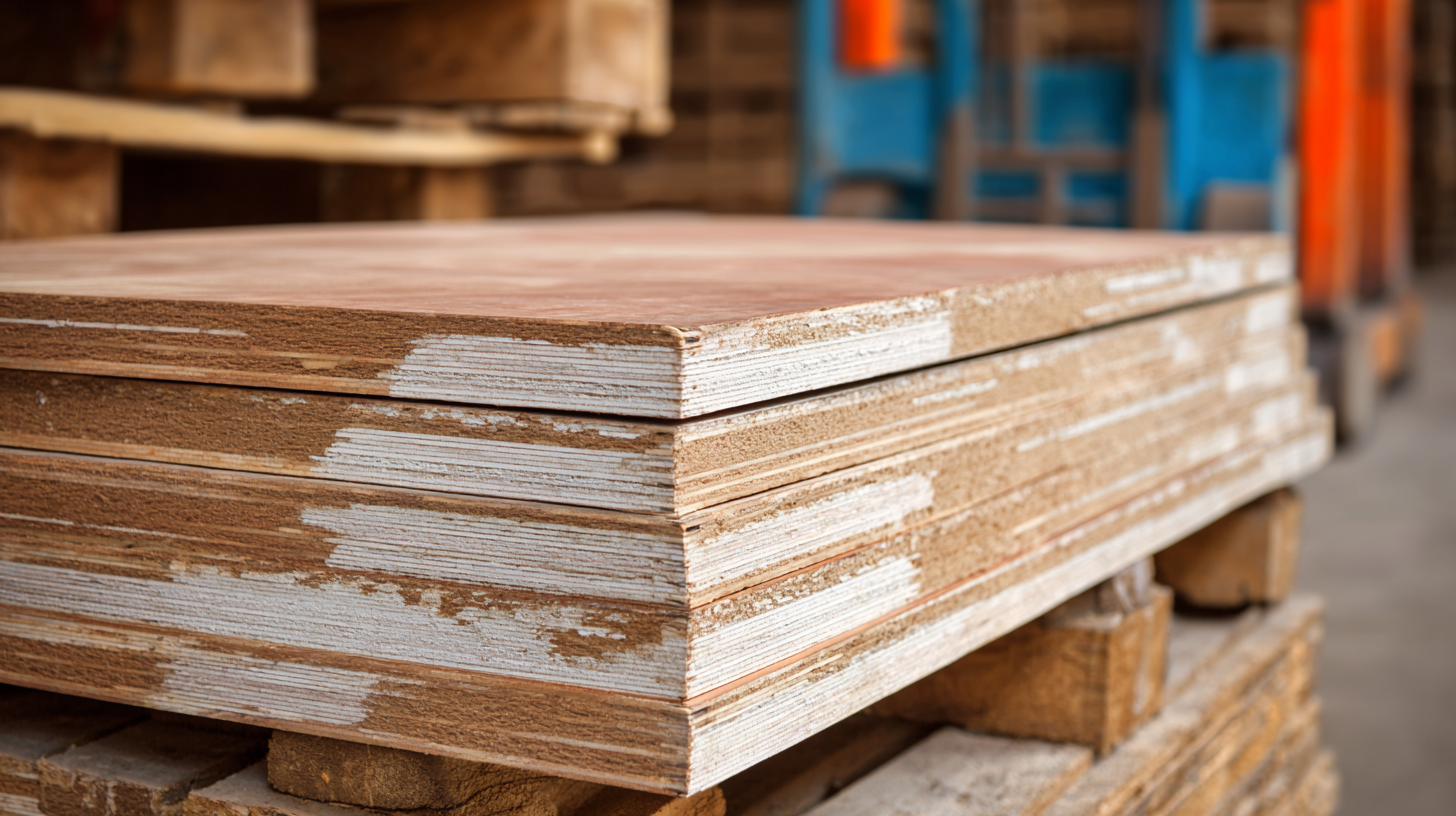
As construction practices evolve and the demand for sustainable materials increases, selecting the right type of concrete plywood becomes paramount. With the right choice, contractors can enhance operational efficiency and reduce waste, while also complying with stringent building regulations. This blog will explore five essential tips for choosing the perfect concrete plywood, ensuring that your projects are executed seamlessly and affordably.
When selecting the perfect concrete plywood for your projects, understanding the various types available is crucial. Concrete plywood is predominantly categorized into softwood and hardwood, each serving distinct applications. For instance, softwood plywood is commonly used in construction and industrial applications due to its lightweight nature and cost-effectiveness, while hardwood plywood, known for its durability and aesthetic appeal, is often preferred for high-end finishes and furniture. The global plywood market anticipates growth, driven by increased demand in new construction and rehabilitation projects, particularly in emerging economies where urbanization is rapidly accelerating.
In addition to material types, the structural applications of plywood are evolving, demonstrated by innovative designs such as multifunctional plywood structures. Recent trends showcase how such designs can optimize small living spaces, as seen in recent renovations of post-war apartments in cities like Beijing. Here, plywood joinery creates adaptable areas for sleeping, storage, and socializing, illustrating the material's versatility. Reports indicate that the demand for sustainable building materials like concrete plywood continues to rise, highlighting its role in modern construction practices that prioritize both functionality and environmental consideration.
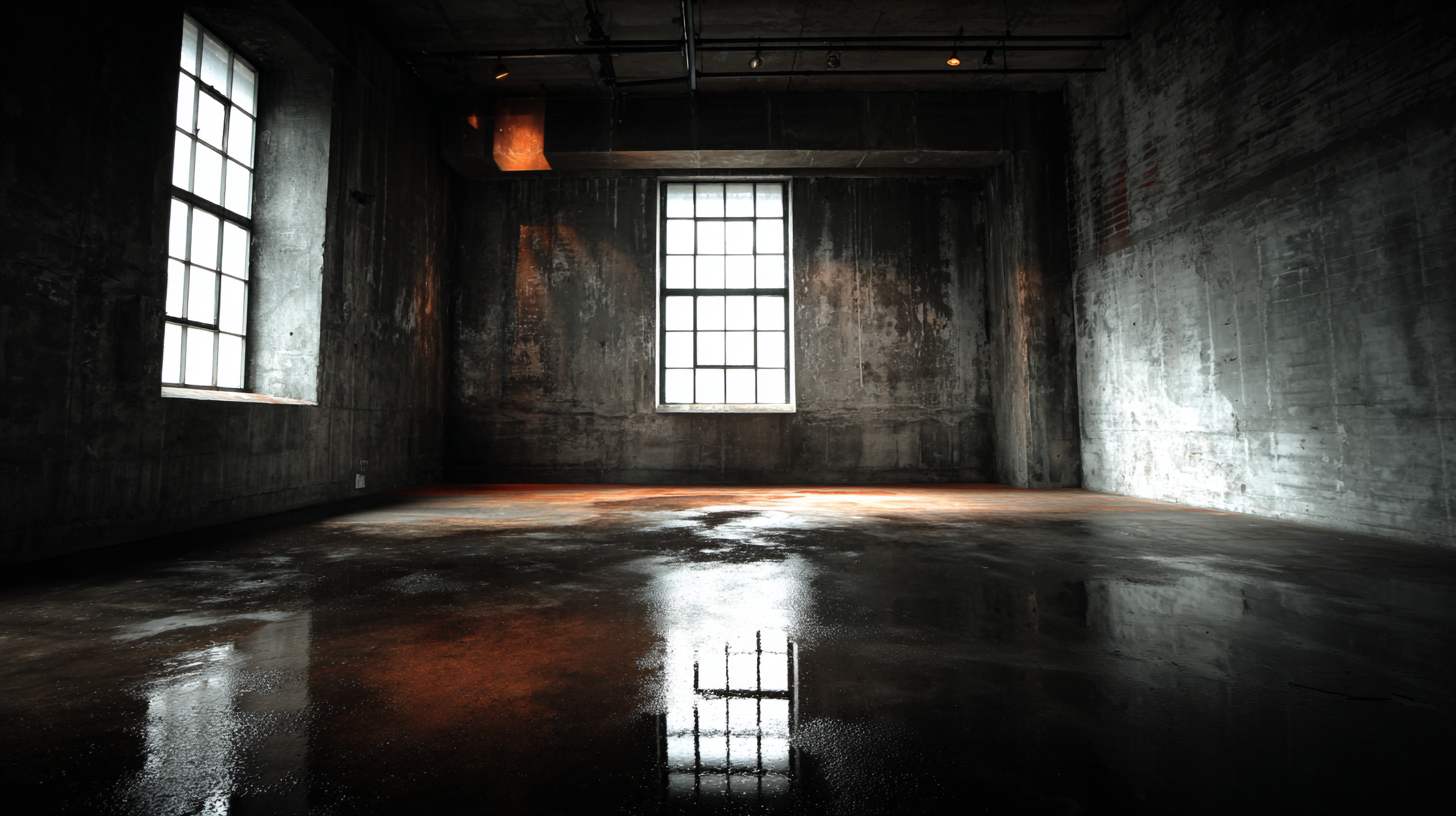
When selecting concrete plywood for your projects, it's crucial to focus on key features that ensure quality and durability. High-quality concrete plywood should have a robust core that resists delamination, which is essential for maintaining structural integrity during use. Look for products that employ superior adhesives and manufacturing processes, as these factors significantly influence the plywood's performance in various environments.
 Additionally, consider plywood with a moisture-resistant finish, as this can prevent warping and prolong the lifespan of the material.
Additionally, consider plywood with a moisture-resistant finish, as this can prevent warping and prolong the lifespan of the material.
Statistics from the U.S. ultra-high-performance concrete market indicate that it reached $106.6 million in 2022 and is projected to grow from $113.7 million in 2023 to $179.5 million by 2030. This growth underscores the increasing demand for high-quality materials like concrete plywood in construction and infrastructure projects.
By choosing plywood that meets rigorous industry standards, you can contribute to the overall success and sustainability of your projects, making it a worthy investment in the face of a growing market.
When embarking on a project that requires concrete plywood, understanding the balance between cost and durability is paramount. While it may be tempting to cut corners and opt for the cheapest option available, this decision can lead to greater expenses down the line due to repairs or replacements. The key is to evaluate how much wear and tear the plywood will face. For high-stress applications, investing in higher-grade, durable options ensures longevity and effectiveness, reducing the need for frequent replacement.
Additionally, consider the specific environmental conditions your plywood will be exposed to. If your project is outdoors or in a moisture-prone area, the upfront cost of using premium plywood made with water-resistant adhesives will ultimately save you money and effort. By analyzing not just the immediate financial implications, but also the long-term performance and maintenance of the materials, you’ll secure a better return on your investment, ensuring that your project stands the test of time.
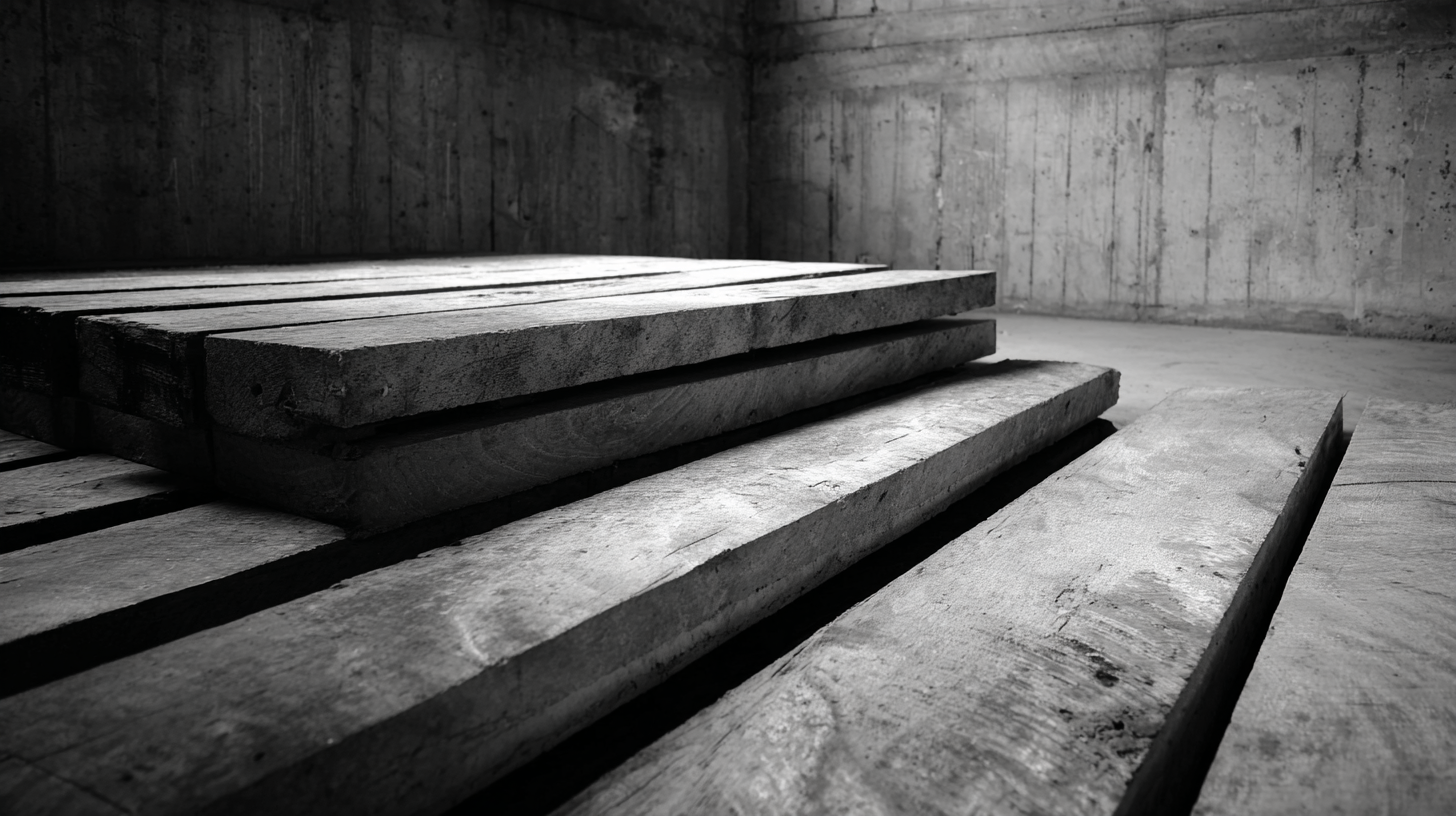
When sourcing concrete plywood, it’s crucial to find reliable suppliers who can provide high-quality materials for your projects. Start by researching suppliers with a solid reputation in the industry. Look for reviews and testimonials from previous customers to gauge their reliability and service quality. Engaging with local construction communities or online forums can also provide valuable insights into which suppliers are trusted and recommended by fellow builders and contractors.
Additionally, consider reaching out to suppliers to discuss your specific needs. A good supplier will not only offer a variety of concrete plywood options but also be willing to answer your questions about product durability, environmental impact, and sourcing practices. This personalized approach ensures that you’re getting the right material for your project, while also building a relationship with someone who is invested in your success. In a similar vein, community projects, like the initiatives at local schools, show how meaningful partnerships and good supplies help transform spaces, making it essential to choose wisely when selecting materials.
This bar chart illustrates the preferred thickness of concrete plywood for various construction projects based on survey data. The most popular thickness is 9mm, followed closely by 12mm and 15mm options.
When selecting concrete plywood for your projects, common mistakes can significantly impact the quality and durability of your build. One prevalent error is overlooking the intended use of the plywood. Different projects demand specific grades and types of plywood, and failing to match these can lead to underperformance or premature wear. Always assess the load-bearing requirements and the environmental conditions the plywood will face, as this ensures you choose a product that meets your project's needs.
Another mistake to watch out for is prioritizing price over quality. While it might be tempting to save money by opting for cheaper options, inferior materials can cause long-term issues such as warping or delamination. Investing in high-quality concrete plywood pays off in durability and performance, minimizing future repairs and replacements. Moreover, be cautious about the supplier's reputation. A reliable supplier can offer insights into the best grades and practices, ultimately guiding you toward a successful project outcome.
| Tip | Detail | Common Mistake | Impact of Mistake |
|---|---|---|---|
| Select the Right Grade | Choose plywood according to structural requirements. | Ignoring the specific grade for the project. | Can lead to structural failure or excessive deflection. |
| Consider Thickness | Thicker plywood offers better support. | Opting for thinner sheets for cost savings. | Decreased durability and increased risk of warping. |
| Moisture Resistance | Choose plywood with a moisture-resistant coating. | Selecting standard plywood for wet environments. | Risk of decay and reduced lifespan. |
| Check for Defects | Inspect sheets for voids, knots, or cracks. | Overlooking minor defects during purchase. | Compromised integrity and performance in construction. |
| Consult a Professional | Seek expert advice for complex projects. | Relying solely on personal judgment. | Increased likelihood of project failure and extra costs. |
